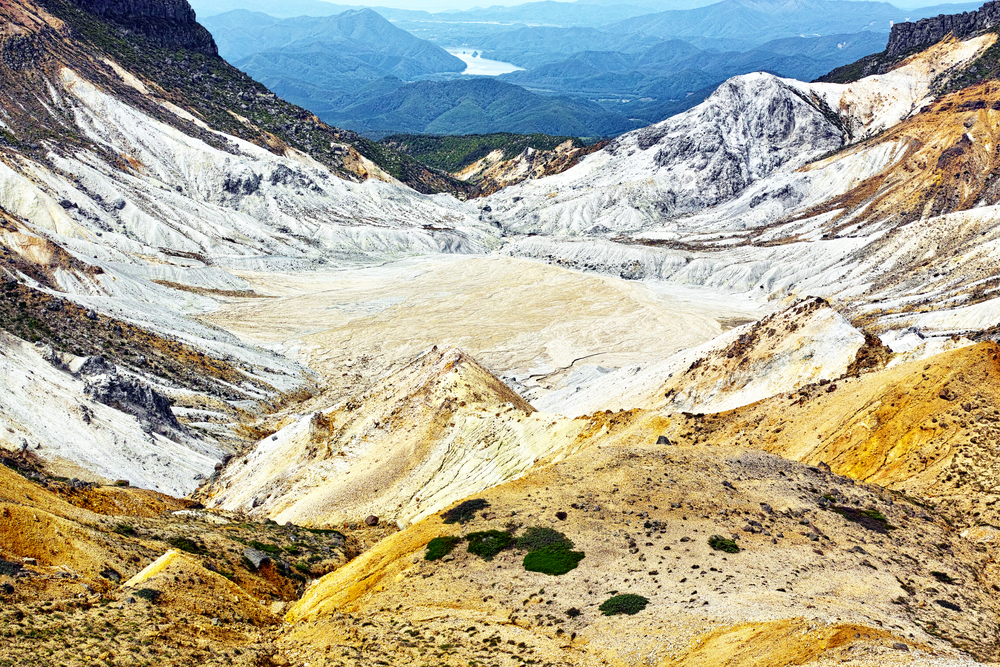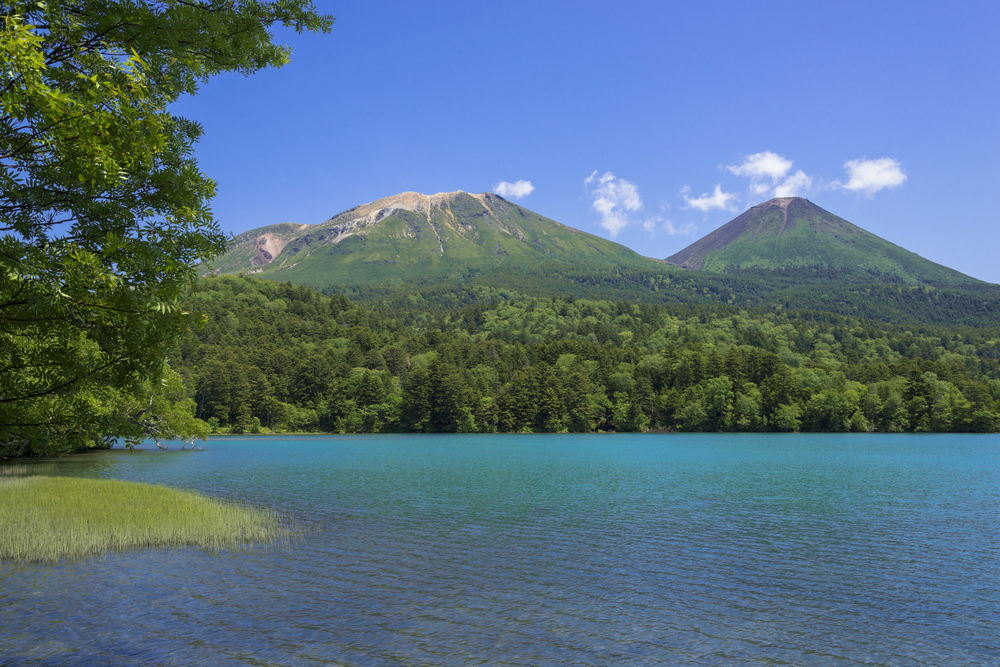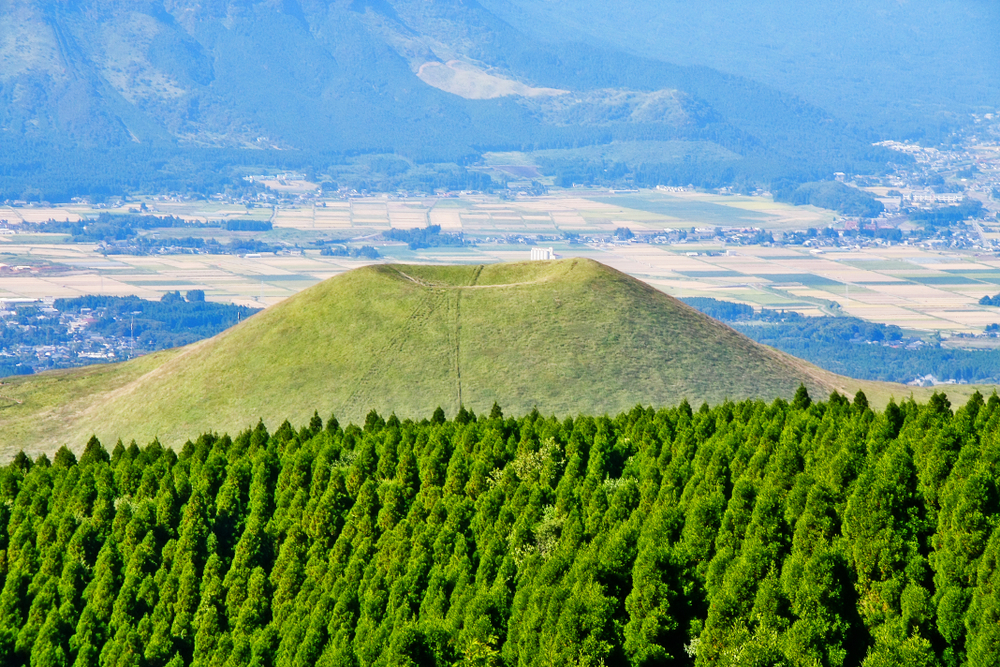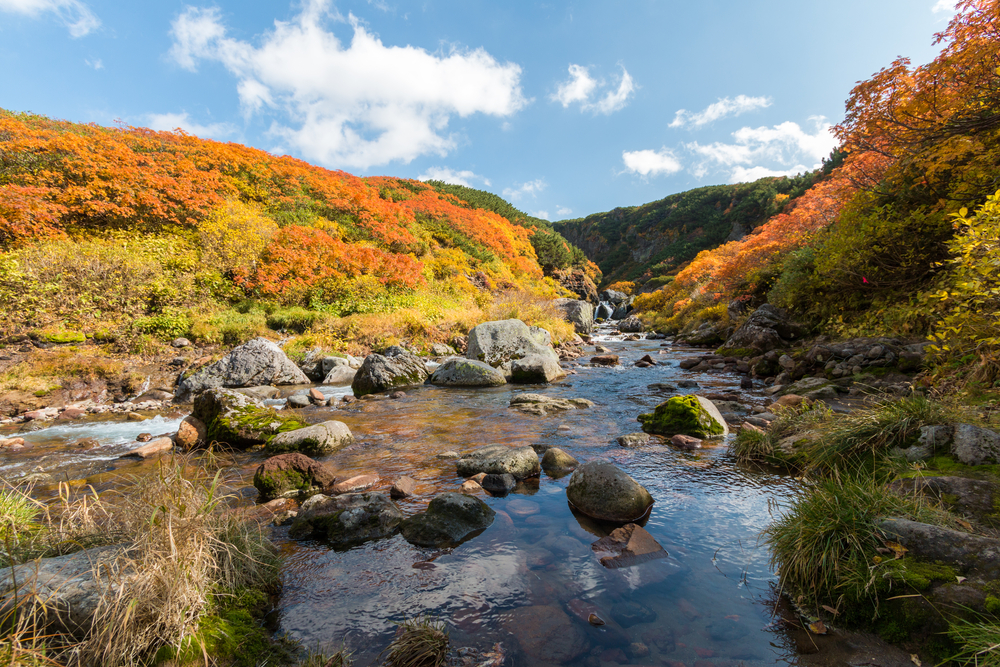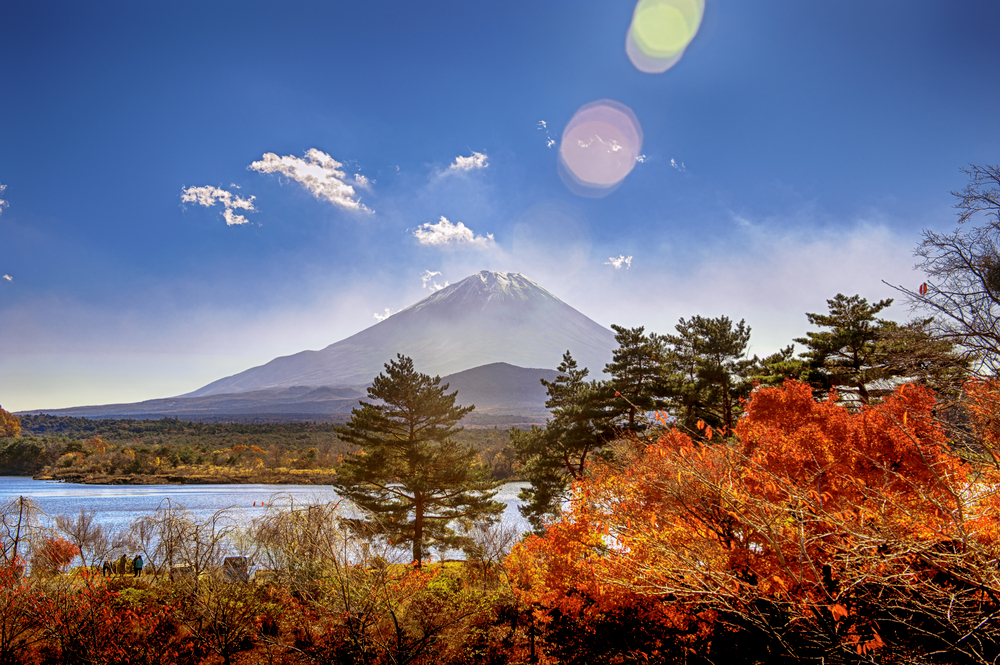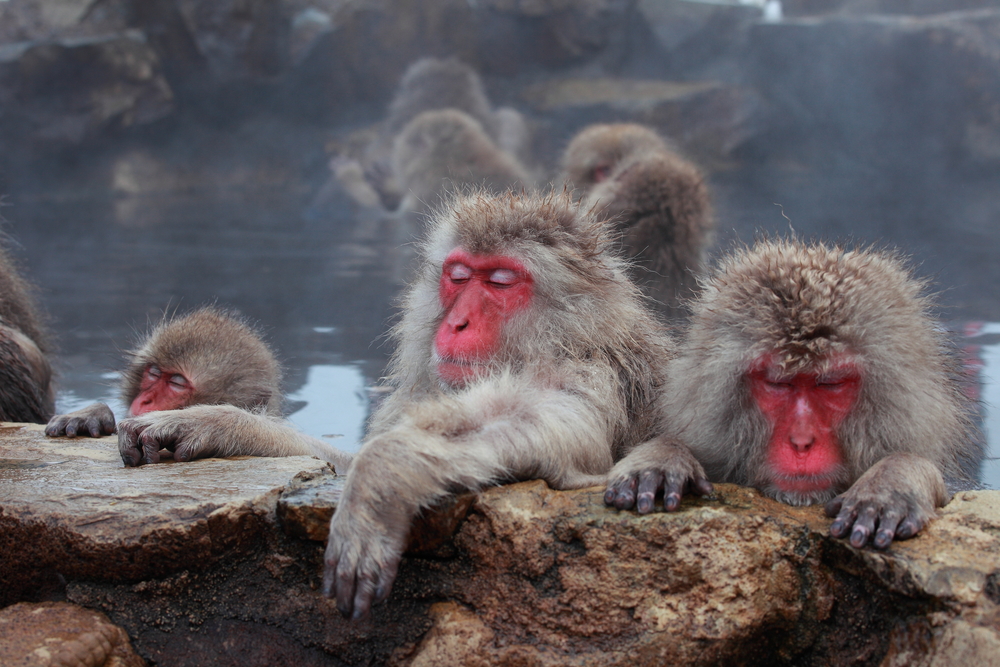Bandai-Asahi Overview
Bandai-Asahi National Park, known as Bandai-Asahi Kokuritsu Kōen in Japanese, is a remarkable expanse of natural beauty located in the Tōhoku region of northern Honshu, Japan. Spanning an impressive area of approximately 739 square miles (1,914 square kilometers), this park stretches across the prefectures of Fukushima, Yamagata, and Niigata. Renowned for its diverse landscapes, Bandai-Asahi National Park offers a stunning mosaic of towering mountains, serene forests, and shimmering lakes. The park encompasses three major mountain ranges: the Azuma, Bandai, and Asahi ranges, with Mount Bandai, a stratovolcano, standing prominently at 5,877 feet (1,791 meters). The park’s volcanic origins are evident in its rugged terrain, geothermal features, and vivid geological formations, making it a paradise for nature lovers and geologists alike.
The terrain varies from the alpine zones of the Asahi Mountains to the lush forests surrounding Lake Inawashiro, one of Japan’s largest lakes and a highlight of the park. The lake’s crystal-clear waters mirror the surrounding landscapes, creating breathtaking views, particularly during the autumn foliage season. The Oze Marshland and the Goshikinuma Ponds—an array of five vibrant volcanic ponds—add to the park’s allure, with hues ranging from emerald green to cobalt blue, their colors changing with the weather and time of day.
Bandai-Asahi is a sanctuary for a rich array of wildlife. Among its mammals are Japanese macaques, serows, and black bears, while bird enthusiasts may spot the golden eagle or the majestic mountain hawk-eagle soaring above the peaks. The park is also home to the Japanese tree frog, a symbol of the region’s ecological diversity. In the marshlands and highlands, one may encounter rare flora, including alpine plants like the Aleutian avens and Japanese azaleas, adding bursts of color to the terrain during their blooming seasons.
Visitors to Bandai-Asahi National Park can engage with its beauty in a variety of ways. Hiking is a primary activity, with trails ranging from leisurely walks around Goshikinuma Ponds to challenging ascents of Mount Bandai and Mount Asahi. Water activities such as kayaking and canoeing are popular on Lake Inawashiro, while winter transforms the park into a wonderland for skiing and snowshoeing. Hot springs, or onsen, are scattered throughout the region, offering a relaxing way to end a day of exploration.
The park faces conservation challenges, including managing human impact on its delicate ecosystems and mitigating the effects of climate change on its flora and fauna. However, the park has seen conservation successes, particularly in reforestation efforts and the protection of endangered species like the Japanese serow. Collaboration among local communities, conservation groups, and the government has been instrumental in preserving this natural treasure for future generations.








































































